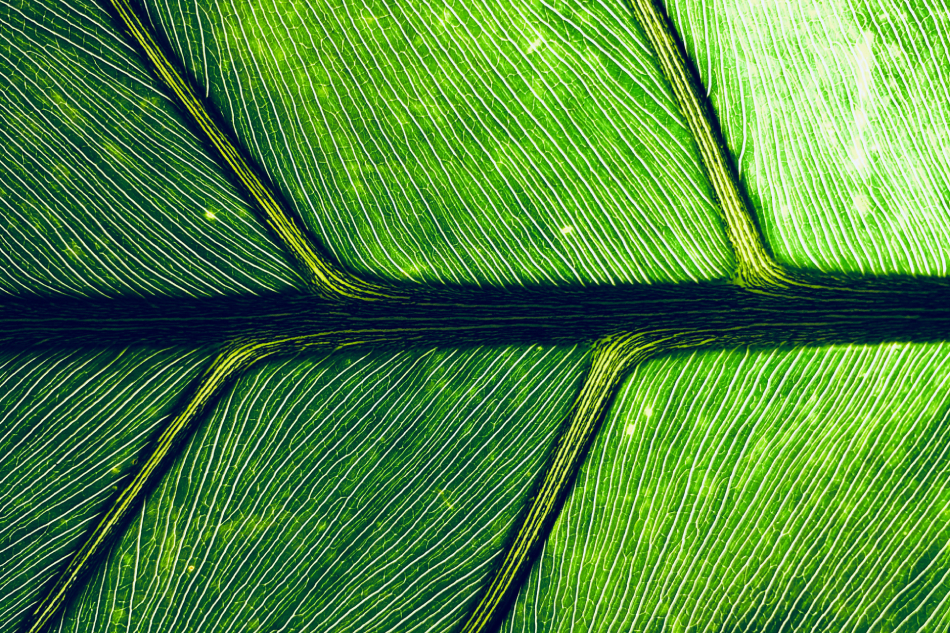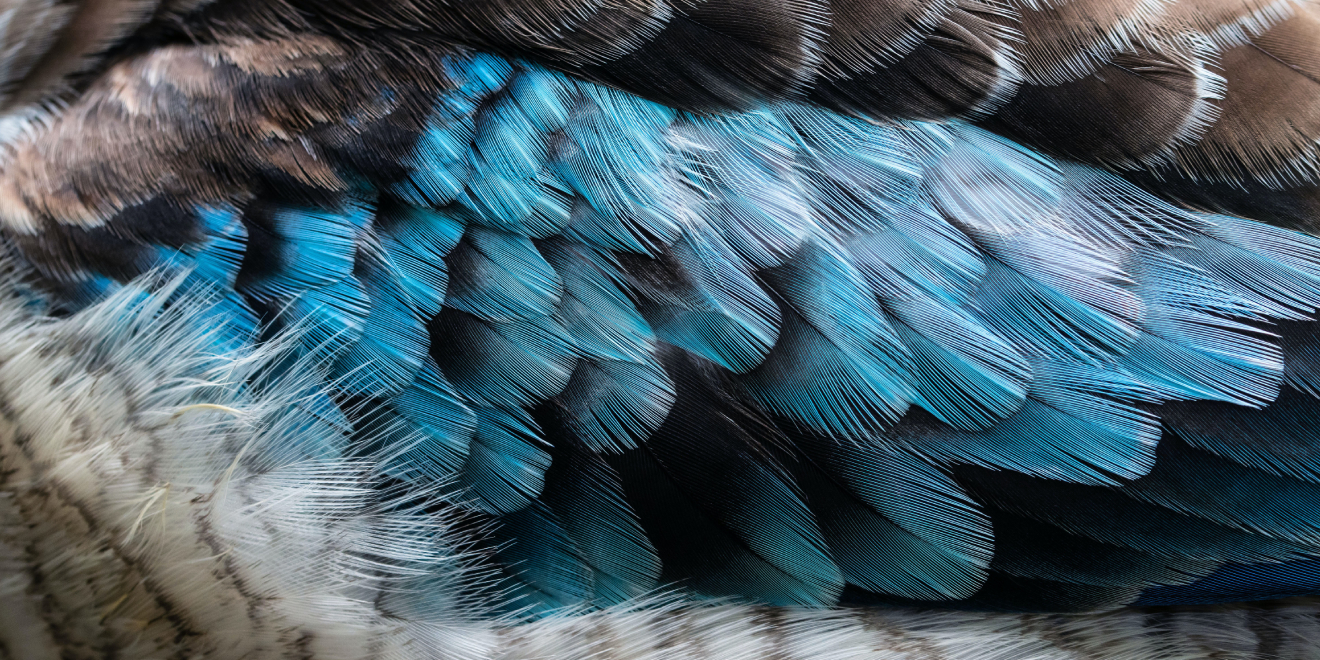Much like the strands of a spider's web, ten times stronger than Kevlar, biodiversity is impeccably equipped to withstand life, thereby serving as an endless source of inspiration for humans.
Biomimicry is a practice of seeking inspiration from living organisms – their shapes, materials, and properties – to provide concrete solutions to challenges that humans face. This concept is increasingly piquing the interest of numerous businesses, as the possibilities are limitless and the impacts potentially significant.
Observe and Replicate
Finding a solution to a problem can be as simple as observing nature: it has likely already encountered the same difficulties and envisioned a solution thousands of years ago! This encapsulates the essence of biomimicry. Striving to reconcile progress and environmental respect while acknowledging human humility before nature, this approach was theorised in 1998 by American biologist Janine Benyus.

However, it's worth mentioning that this concept is far from new. Velcro, created in 1957 by replicating the properties of burdock (which clings to fabrics to move and ensure its survival), is the most famous example. Yet, numerous other inventions have drawn inspiration from nature's resilience. Take, for instance, hydrophobic paints inspired by lotus flowers, whose petals prevent particle adhesion; or Japan's Shinkansen 500 train, whose new 'beak-like' design (mirroring that of the kingfisher!) has led to a 15% reduction in electricity consumption while significantly reducing noise pollution caused by the train's speed.
Biomimicry is thus more intertwined in our lives than we realise!
Biomimicry and Futurism: An Appealing Synthesis
Given the environmental challenges our society faces, biomimicry is attracting scientists and entrepreneurs more than ever. And for good reason: nature is the only entity capable of producing without consuming, drawing creativity from constraints and continually adapting to its environment. Therefore, it represents the most viable solution to prevent the use of more fossil fuels or production of additional waste.
The latest innovations hint at a more virtuous world where nature plays a central role in human well-being, as demonstrated by the following examples.
- Thermo-regulating Algae on Building Facades
Architects' new fascination? Installing plankton walls on our houses. As odd as this idea may sound, it's far from trivial. Bio-facades – aquariums contained within double glazing installed directly onto the facade surface – function as an envelope for the building they cover, thus enhancing its insulation. They act like a greenhouse in winter, harvesting solar energy, and ventilate and cool the structure in summer. Another significant advantage: by consuming carbon dioxide, the algae produce oxygen and contribute directly to urban environment depollution. In short, they're a win-win!
- Antibacterial Technology Inspired by Shark Skin
Sharks, true miracles of nature, fascinate on several levels. Their skin, in particular, interests scientists due to its multiple properties – its hydrodynamics has inspired the technology of certain types of tyres for better road grip. However, what intrigues us here is the microstructure of their scales: their height-to-width ratio prevents the attachment and proliferation of microorganisms... This opens up endless opportunities for the medical sector, which is seeking to replicate this effect to protect wounds, surfaces, or instruments alike. Depending on the type of surface, bacterial proliferation could be reduced by 70 to 97%.

One thing is certain: biomimicry is just getting started! And that's excellent news. Paying closer attention to nature and taking the time to observe its mechanisms should certainly pave the way for more sustainable practices... promoting a future more respectful of its biodiversity.

